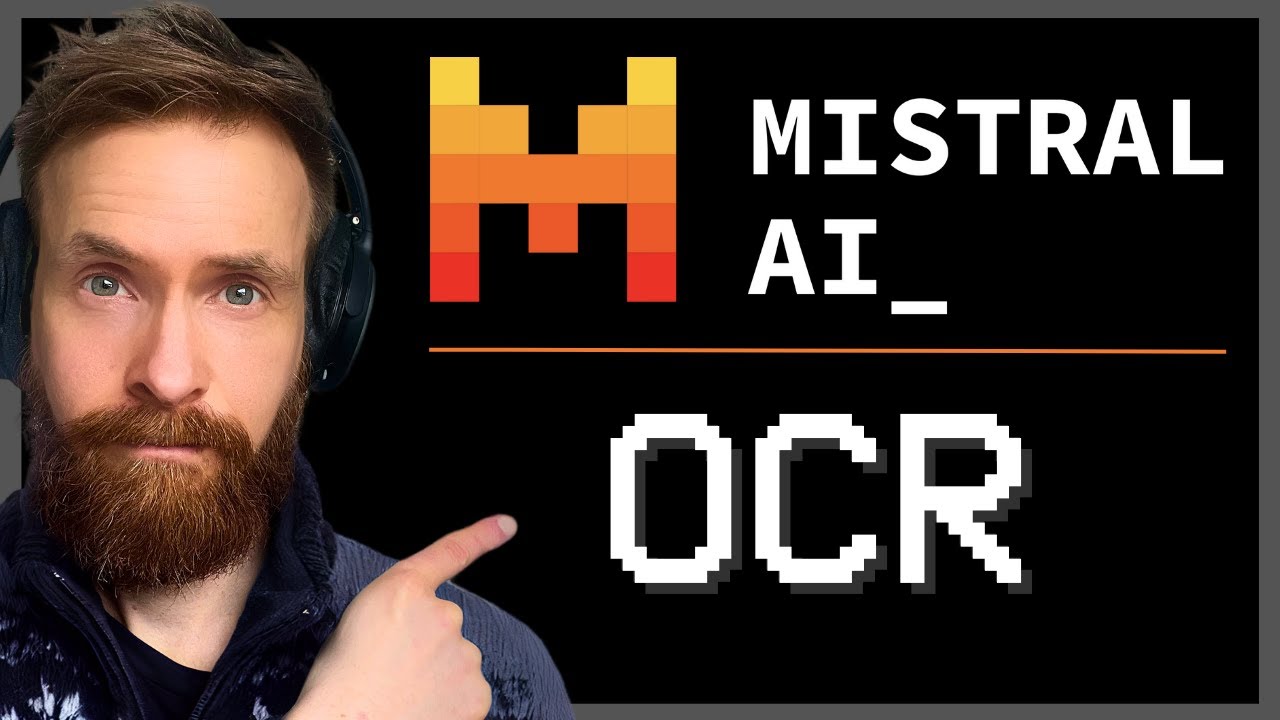The video showcases Mistral OCR, an affordable and efficient optical character recognition model capable of extracting text from various document formats, including PDFs and images, with impressive accuracy and multilingual support. The presenter demonstrates its capabilities through practical tests, highlighting its potential for integration with other AI tools, while also noting some minor challenges with less structured text like handwritten notes.
The video introduces Mistral OCR, a new optical character recognition model designed to extract text from various document formats, including PDFs and images. The presenter highlights the affordability of the service, noting that it costs around $1 for processing approximately 1,000 pages. Mistral OCR boasts impressive features such as multilingual support, the ability to understand complex documents, and top-tier performance on benchmarks, which the presenter acknowledges but expresses some skepticism about the reliability of benchmarks.
The presenter demonstrates the model’s capabilities by uploading an image of a document and running it through the OCR system. The results are impressive, with the extracted text being converted into markdown format quickly and accurately. The video showcases the ease of use, as the presenter runs a simple script to process a PDF file, confirming that the output is well-structured and contains a significant amount of text, indicating the model’s efficiency.
In addition to processing PDFs, the presenter tests the OCR model on an image of a student billing statement. After running the image through the model, the extracted text is verified for accuracy. The presenter then uses this text as context for a language model, asking it to explain the billing statement in simple terms. The model successfully provides a clear explanation, demonstrating the potential for integrating Mistral OCR with other AI tools for enhanced document processing.
The video also explores the model’s ability to handle various tasks, such as extracting specific information from the processed text. The presenter runs additional tests, prompting the model to identify authors from a research paper and summarize the main findings. The results are satisfactory, showcasing the OCR model’s utility in academic and professional settings where quick information retrieval is essential.
Finally, the presenter challenges Mistral OCR with a handwritten note to assess its performance with less structured text. While the model successfully reads most of the content, it struggles with some spelling errors, particularly with names. Despite these minor inaccuracies, the overall performance is deemed impressive, and the presenter expresses excitement about future applications of Mistral OCR in AI workflows. The video concludes with an invitation for viewers to try the model and hints at upcoming content that will explore its integration into more complex document processing tasks.
